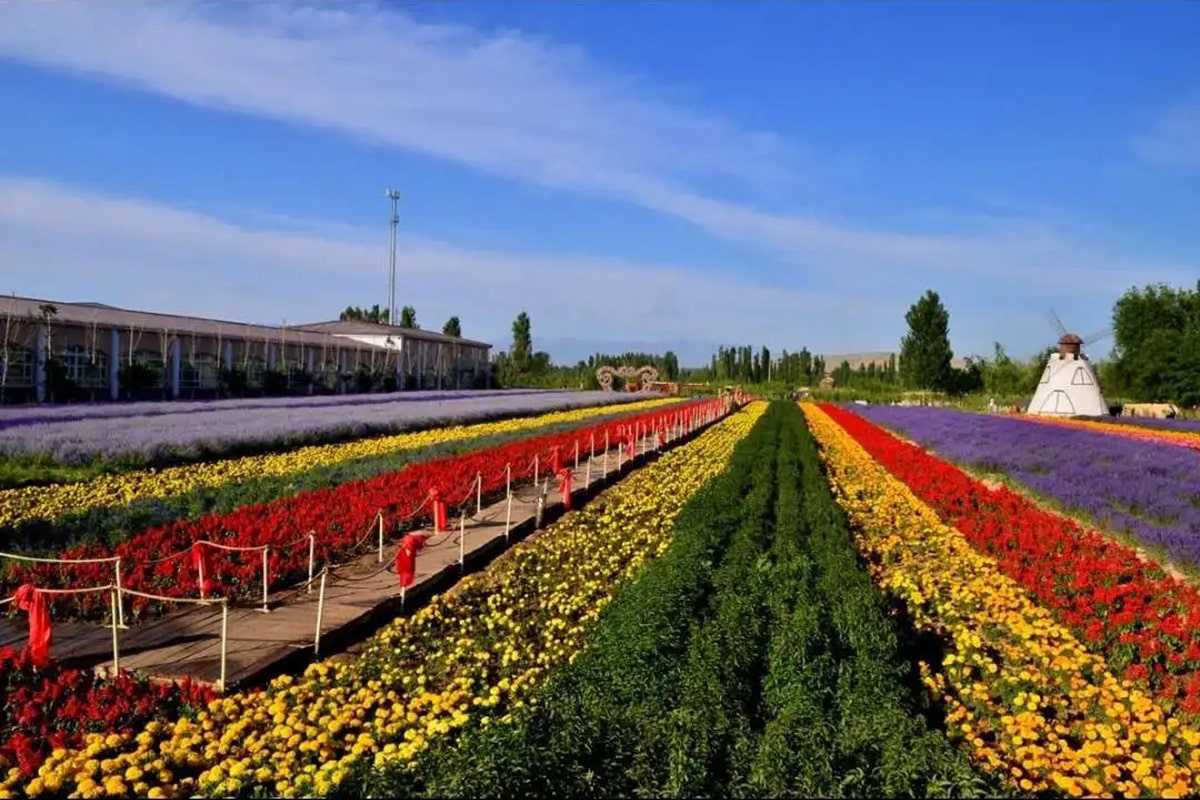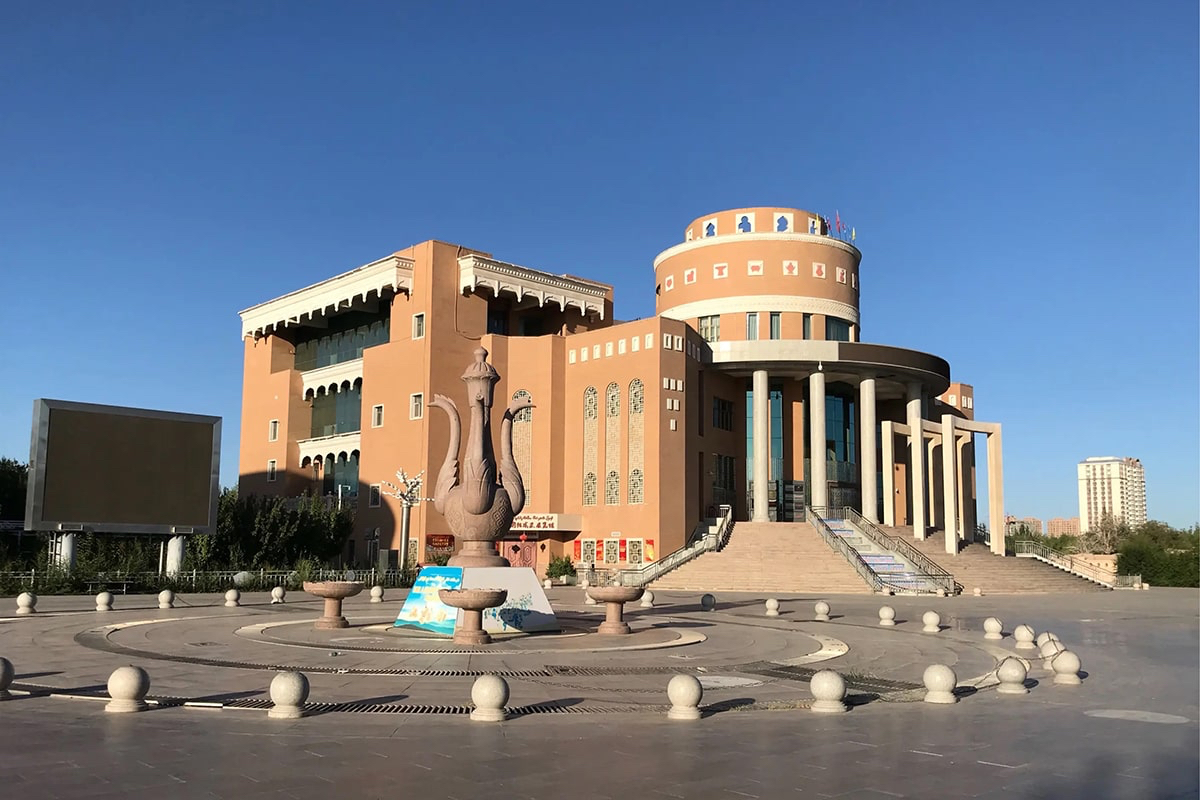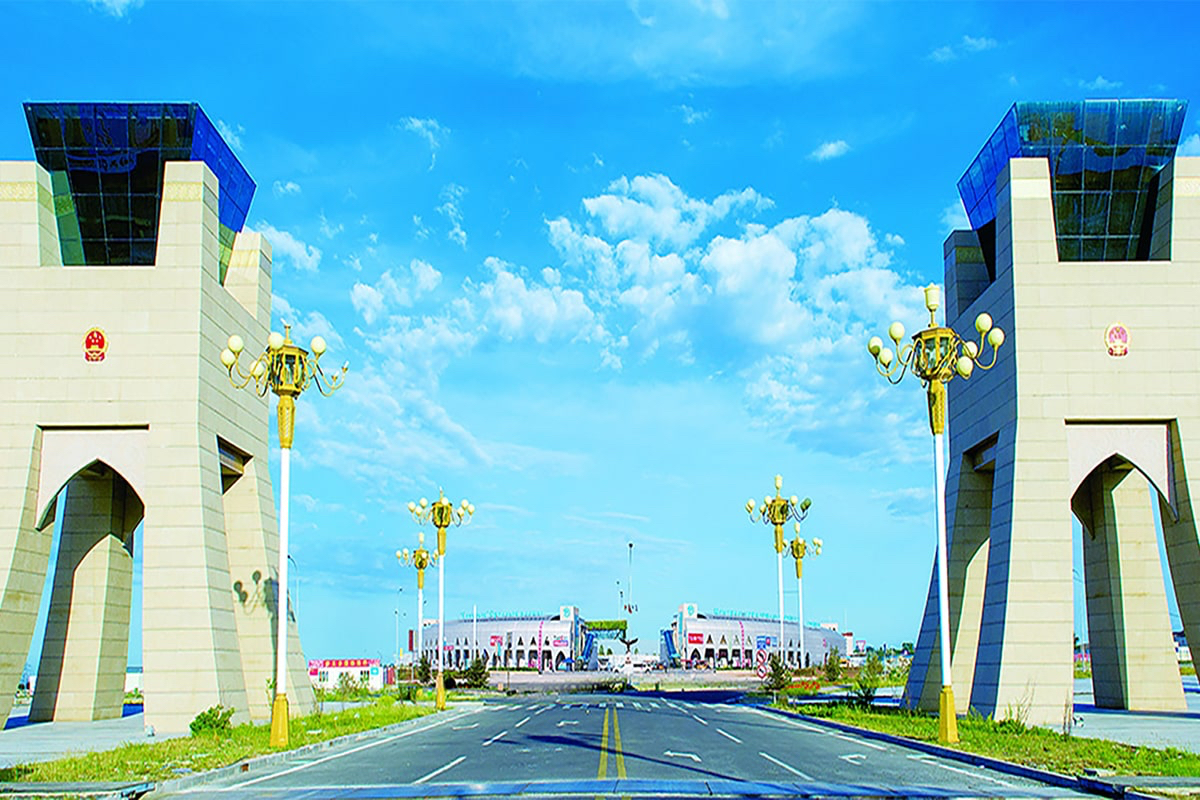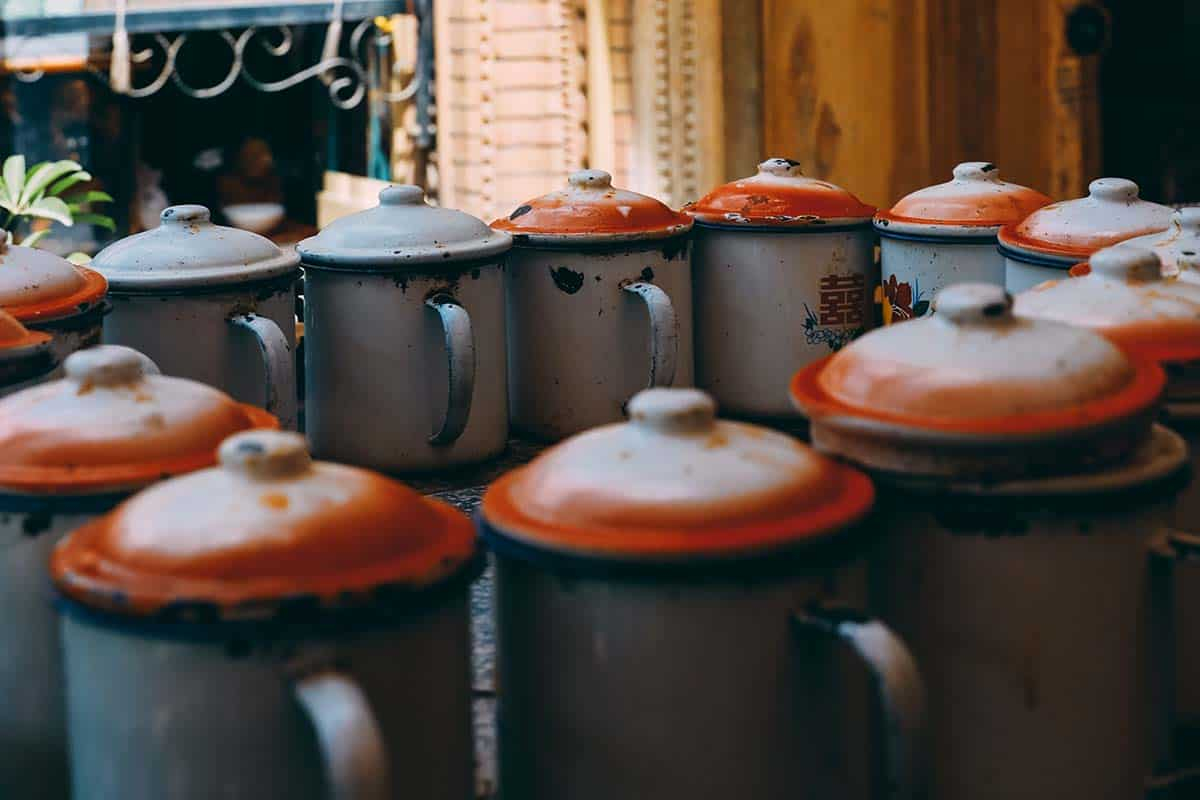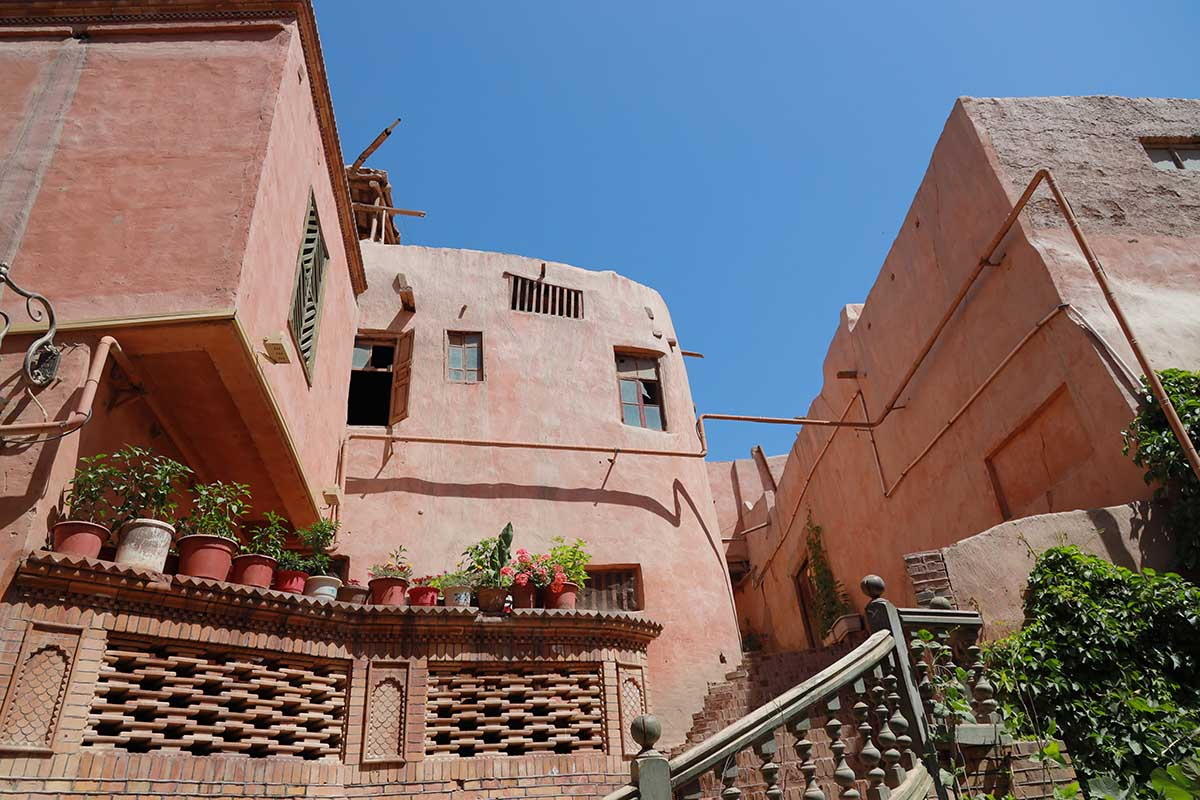Uyghur Cuisine: the delicious halal food you should not miss
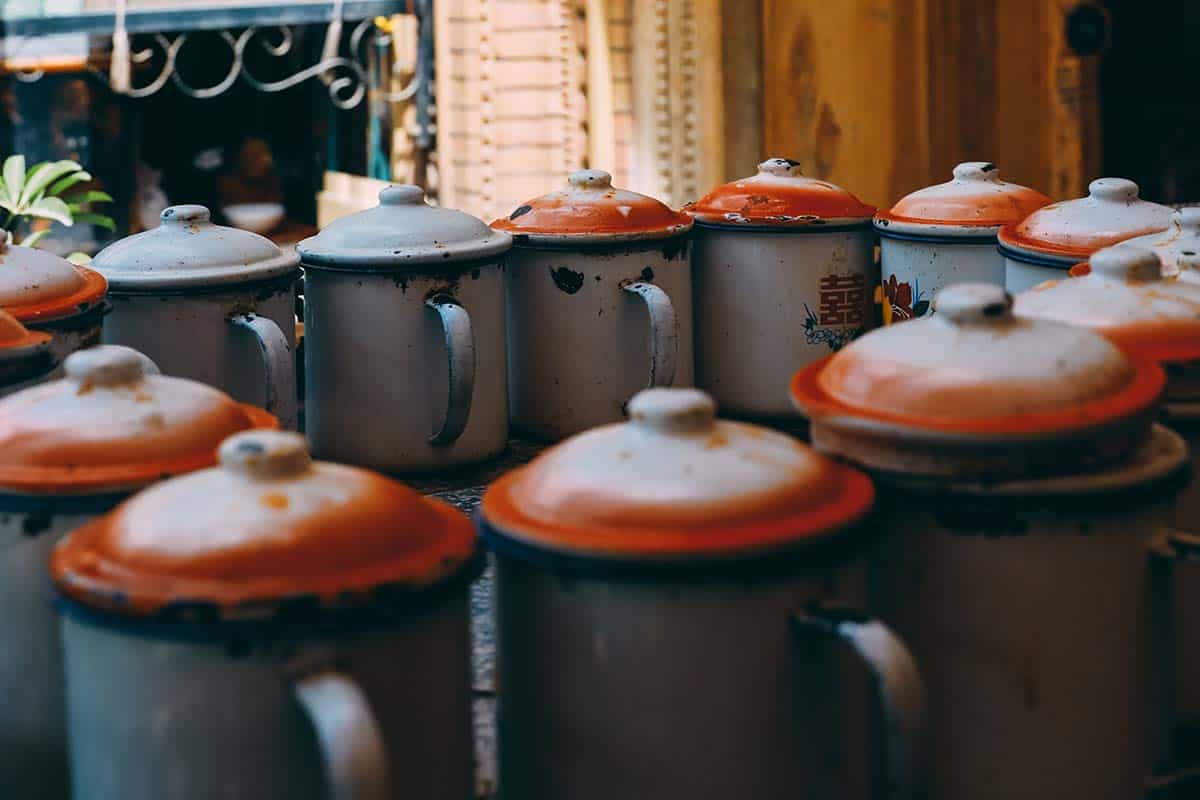 The Xinjiang province borders Mongolia, Russia, India and all the Stans and was the link on the Silk Road between Asia and the Middle East. As a result, Uyghur cuisine meets somewhere in the middle between central Asian and Turkic tradition, bubbling away from the melting pot of that famous trade route.
The Xinjiang province borders Mongolia, Russia, India and all the Stans and was the link on the Silk Road between Asia and the Middle East. As a result, Uyghur cuisine meets somewhere in the middle between central Asian and Turkic tradition, bubbling away from the melting pot of that famous trade route.
The Uyghur ethnic minority is predominately Muslim and so its cuisine is Halal, with lamb as the base of many dishes. Hand-pulled noodles, steamed buns, dumplings, spiced skewers and homemade bread are all on high demand.
Many Uyghur dishes are also found among other ethnic groups in Central Asia, and their food also shows Han Chinese influence.In particular, the Han introduced many vegetables to the Xinjiang diet, as are reflected in Uyghur loanwords for vegetables like cucumber and eggplant.
Signature ingredients include roasted mutton, kebabs, roasted fish and rice. Because of the Muslim population, the food is predominantly halal.
● Noodle
A common Uyghur dish is laghman or leghmen, a noodle dish thought to have originated from the Chinese lamian – it has been noted that words that begin with L are not native to Turkic,therefore "läghmän" is possibly a loanword from Chinese.However, the flavor of leghmen are distinctively Uyghur. It is a special type of handmade noodle, made from flour, water and salt. The dough is divided into small balls and then stretched by hand. The noodles are boiled until very soft and then served topped with stir-fried meat and vegetables (bell peppers, chili peppers, cabbage, onions and tomatoes) in meat stock.
● Rice
Another typical Uyghur dish is polu , a Xinjiang take on Pilaf, a dish found throughout Central Asia. In a common version of the Uyghur polu, carrots and mutton (or chicken) are first fried in oil with onion, then rice and water are added, and the whole dish is steamed. Raisins and dried apricots may also be added.
● Uyghur Samsa
The bread commonly found in the Central Asia is a baked flatbread known as nang, using sesame seeds, butter, milk, vegetable oil, salt and sugar. Girde is also popular; it is a bagel-like bread with a hard and crispy crust. Sangza are crispy fried wheat flour dough twists, a holiday specialty. Samsa are lamb pies baked using a special brick oven. Yutaza is steamed multi-layer bread. Göshnan are pan-grilled lamb pies. Pamirdin are baked pies with lamb, carrots, and onions stuffed inside.Shorpa is lamb soup. Other dishes include Toghach (a type of tandoor bread) and Tunurkawab.
● Meat
Other dishes include soups made from lamb or chicken and Kawaplar made from lamb or beef. Kawaplar is seasoned with chili powder, salt, black pepper and cumin, and are eaten with the skewer parallel to the mouth, gripping the kebab closest to the end with one's teeth and sliding it off the pointed edge into one's mouth.
A popular dish in Xinjiang but not of Uyghur origin is dapanji, which is literally translated as "big plate chicken." It is a spicy hot chicken stew served on a big plate and after the chicken has been eaten, wide flat hand-pulled noodles are added to the gravy. The dish gained popularity in the mid-to-late 1990s, and is said to have been invented in Shawan, northern Xinjiang, by a migrant from Sichuan, who mixed hot chili peppers with chicken and potatoes in an attempt to reproduce a Sichuan taste.
- HOTEST
- RECOMMEND



